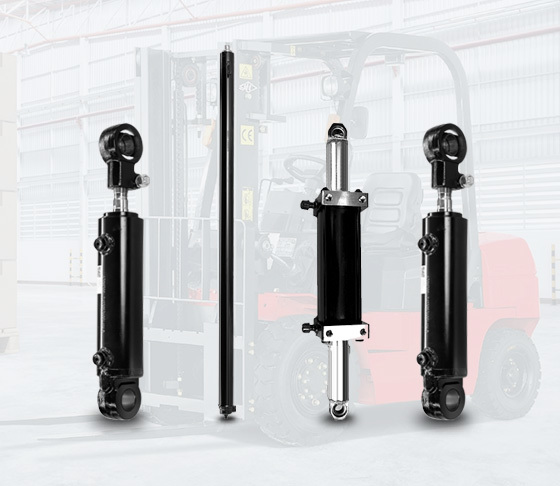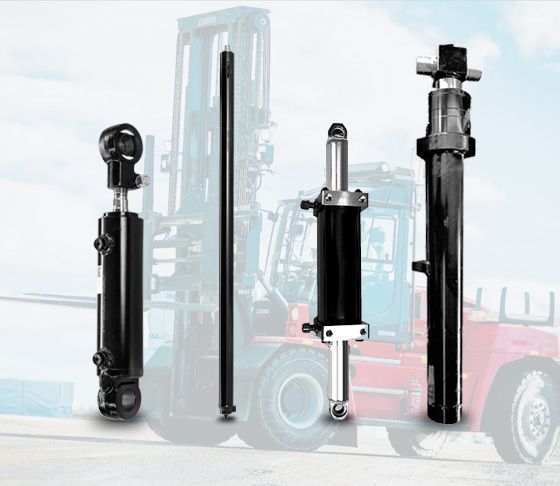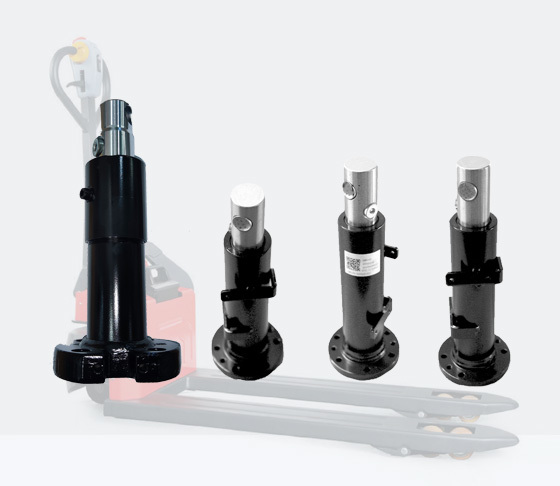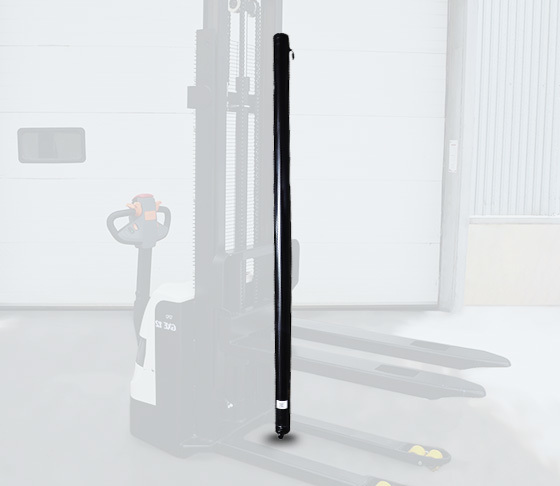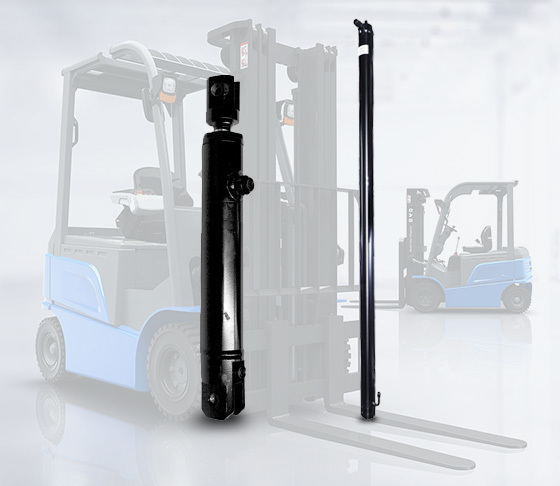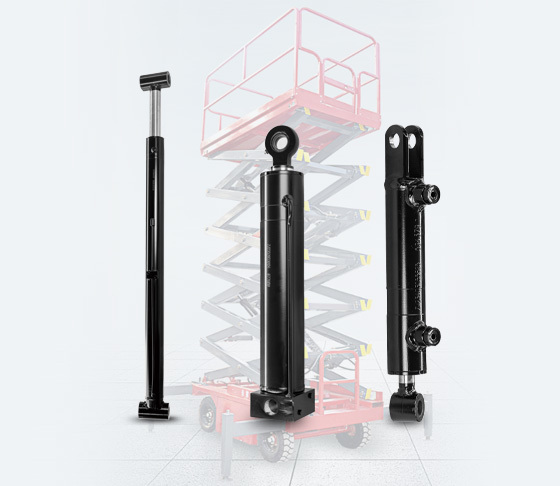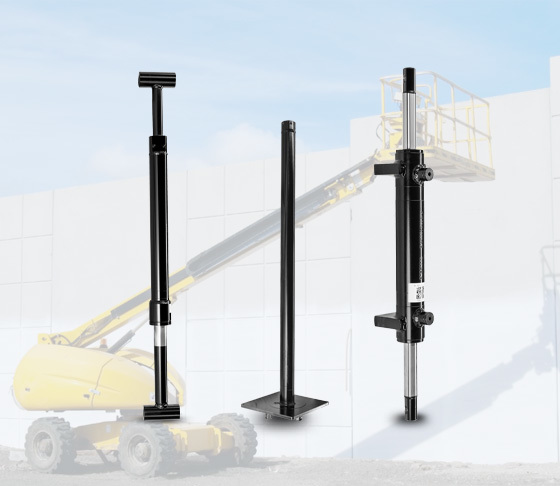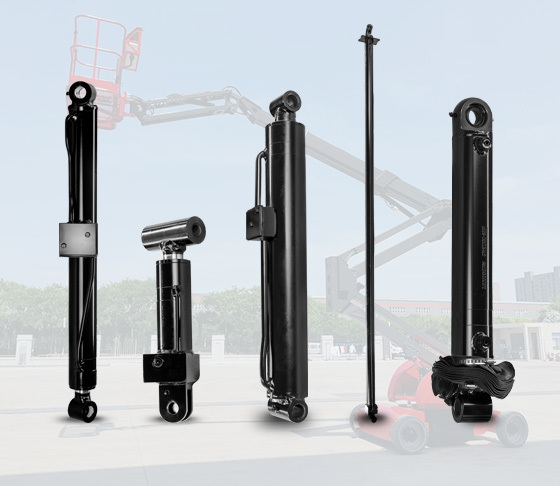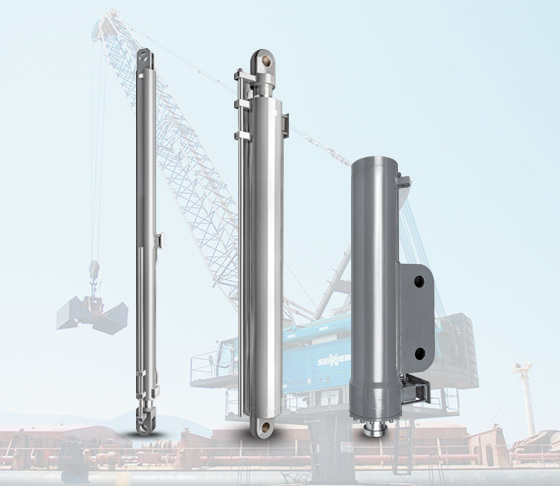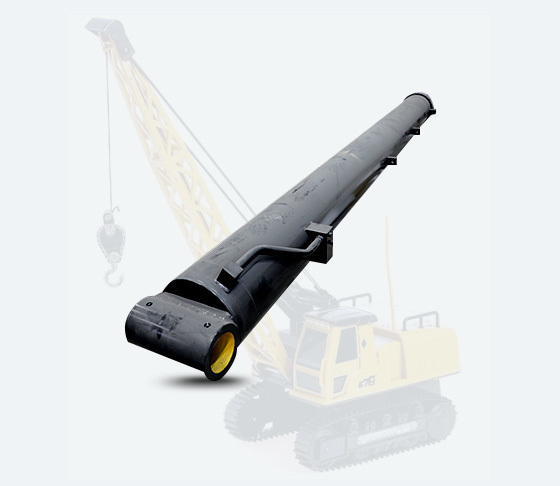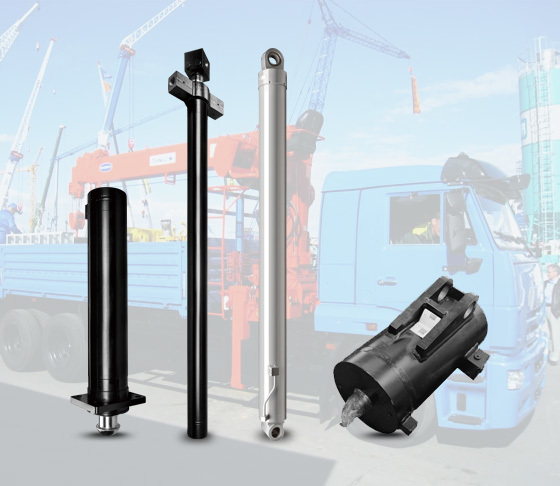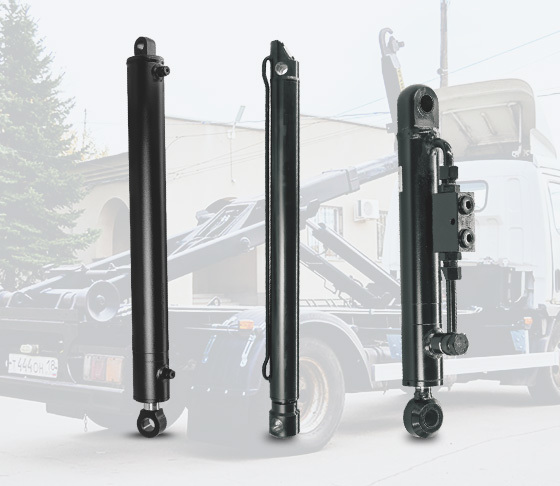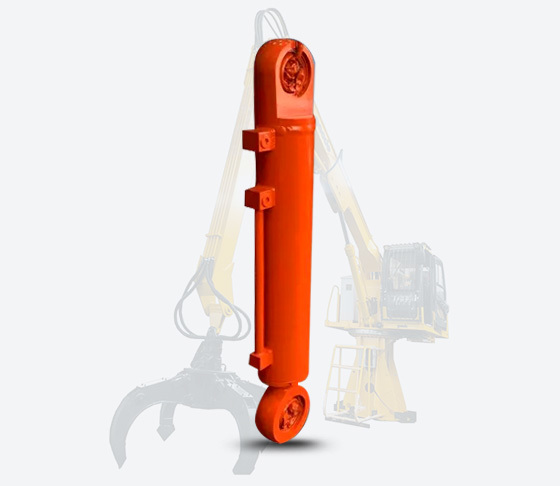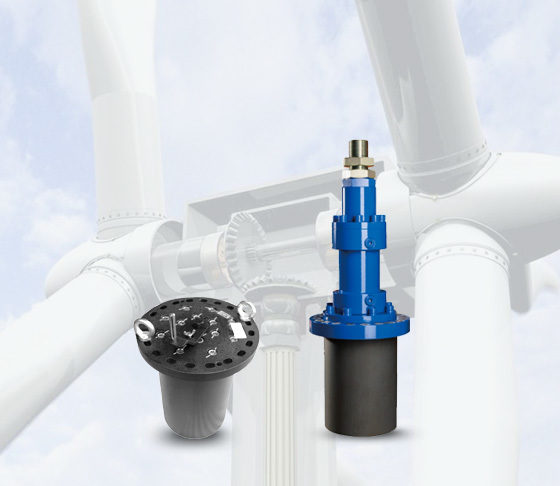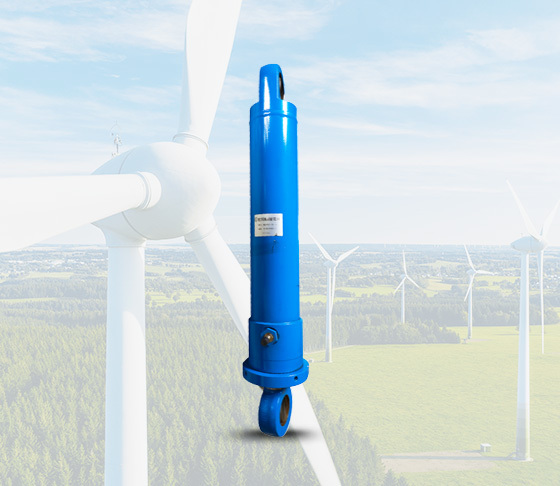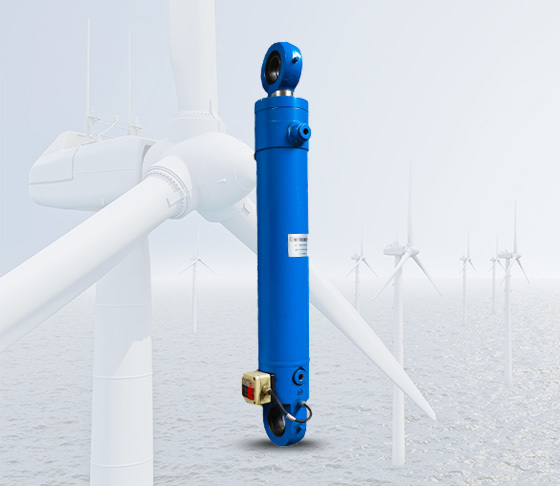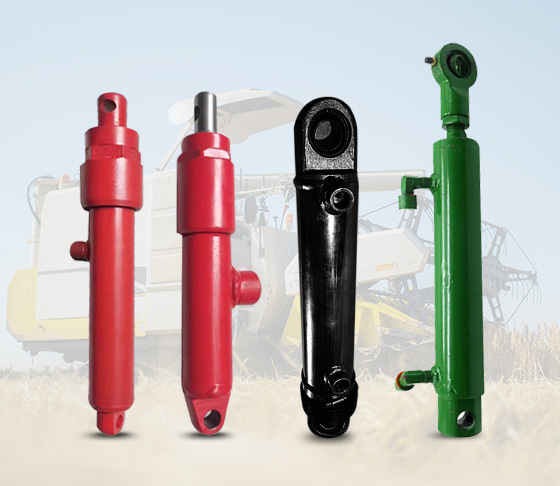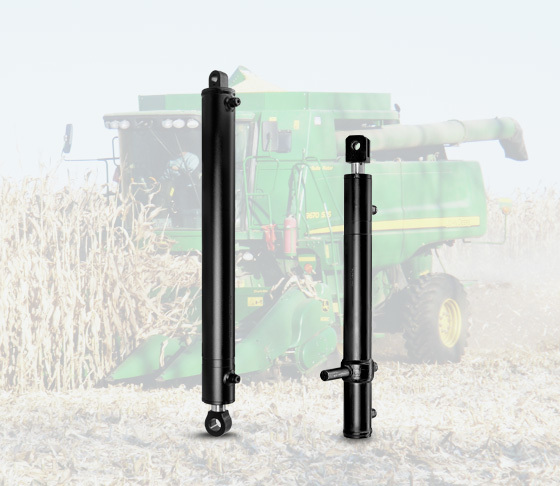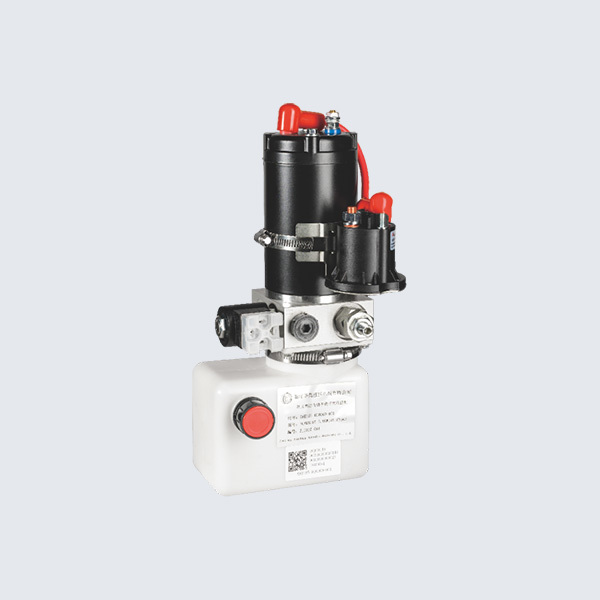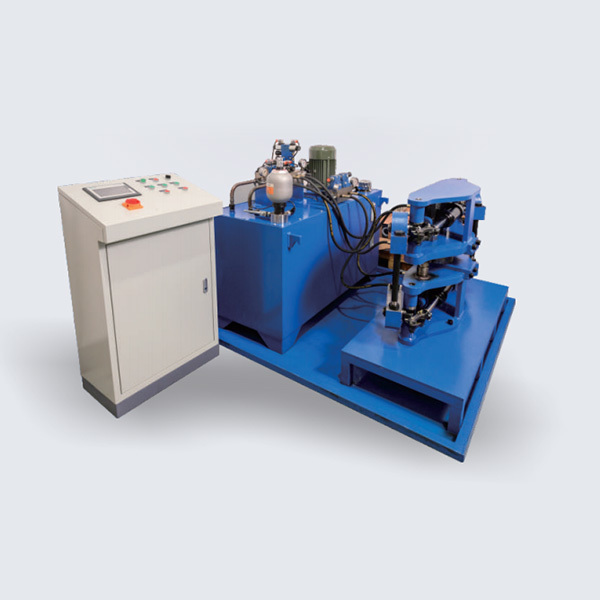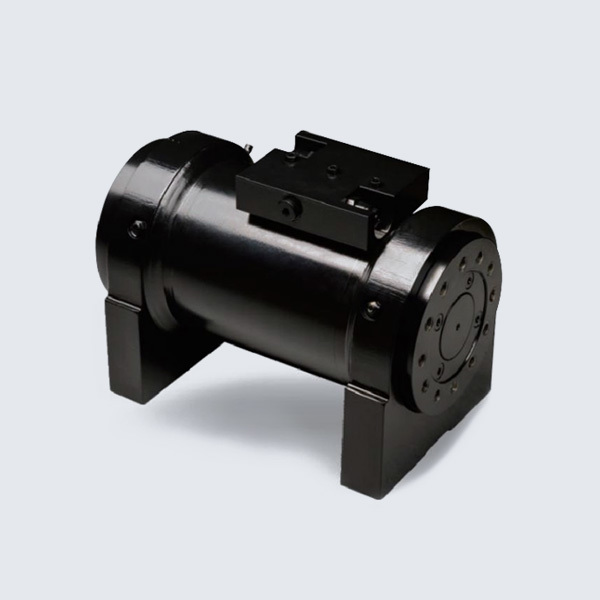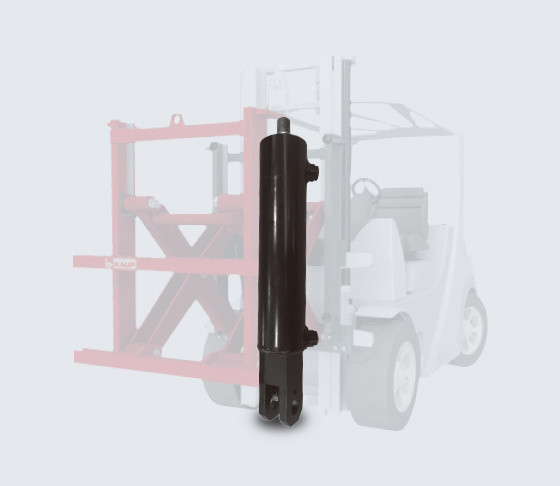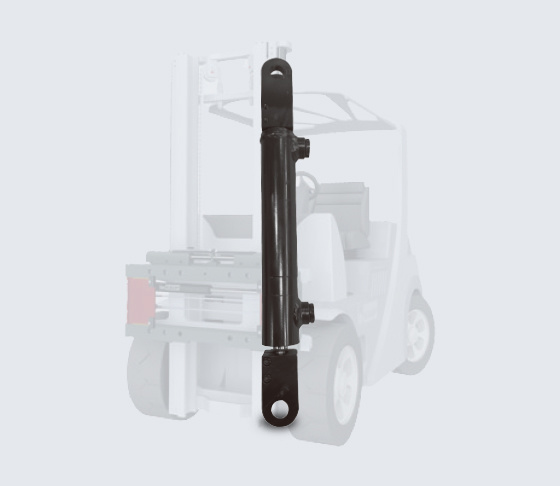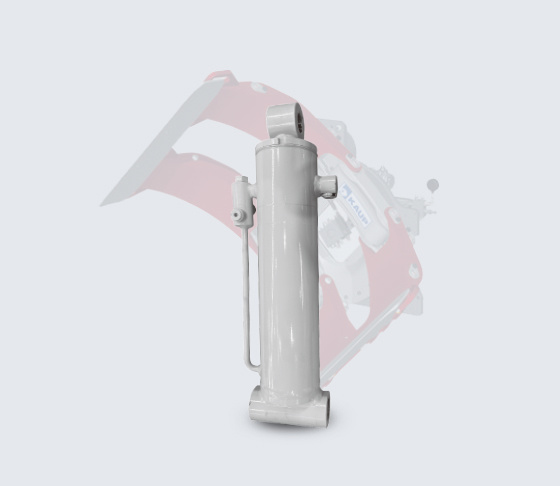How to quickly diagnose faults in hydraulic cylinders
Sep 04,2023

Hydraulic cylinder is an actuator that converts hydraulic energy into mechanical energy in a hydraulic system. Its faults can be basically summarized as hydraulic cylinder misoperation, inability to push load, and piston sliding or crawling. It is not uncommon for equipment to shut down due to hydraulic cylinder malfunctions. Therefore, attention should be paid to the diagnosis and maintenance of hydraulic cylinder malfunctions.
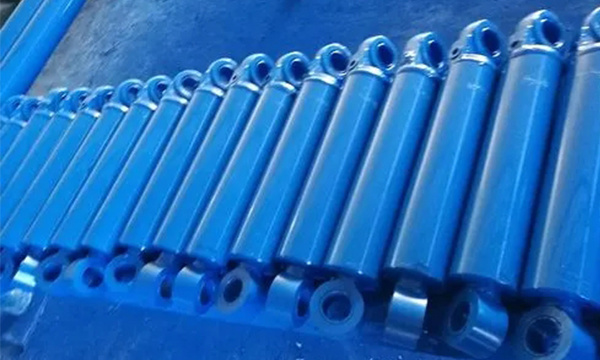
Fault diagnosis and handling
1. Misoperation or malfunction
There are several reasons and handling methods as follows:
(1) The valve core is stuck or the valve hole is blocked. When the flow valve or directional valve core is stuck or the valve hole is blocked, the hydraulic cylinder is prone to misoperation or malfunction. At this time, the contamination of the oil should be checked; Check if dirt or gum deposits are sticking to the valve core or blocking the valve hole; Check the wear of the valve body, clean and replace the system filter, clean the oil tank, and replace the hydraulic medium.
(2) The piston rod is stuck with the cylinder barrel or the hydraulic cylinder is blocked. At this point, no matter how you manipulate it, the hydraulic cylinder does not move or moves very little. At this point, it is necessary to check whether the piston and piston rod seals are too tight, whether dirt and gum deposits have entered, whether the axis of the piston rod and cylinder barrel is aligned, whether vulnerable parts and seals have failed, and whether the load carried is too large.
(3) The hydraulic system control pressure is too low. The throttle resistance in the control pipeline may be too high, the flow valve may be improperly adjusted, the control pressure may not be appropriate, and the pressure source may be disturbed. At this point, the control pressure source should be checked to ensure that the pressure is adjusted to the specified value of the system.
(4) Air enters the hydraulic system. Mainly due to leaks occurring in the system. At this time, it is necessary to check the liquid level of the hydraulic oil tank, the seals and pipe joints on the suction side of the hydraulic pump, and whether the suction coarse filter is too dirty. If so, hydraulic oil should be replenished, seals and pipe joints should be treated, and the coarse filter element should be cleaned or replaced.
(5) The initial action of the hydraulic cylinder is slow. At lower temperatures, hydraulic oil has high viscosity and poor fluidity, resulting in slow hydraulic cylinder action. The improvement method is to replace the hydraulic oil with better viscosity and temperature performance. At low temperatures, the oil temperature during startup can be increased by using a heater or the machine itself. The normal operating oil temperature of the system should be maintained at around 40 ℃.
2. Unable to drive load during operation, inaccurate piston rod stop, insufficient thrust, decreased speed, unstable operation
The reason is:
(1) Internal leakage of hydraulic cylinder. Internal leaks in hydraulic cylinders include leaks caused by excessive wear of the hydraulic cylinder body seal, piston rod and seal cover seal, and piston seal. The reason for the leakage of the piston rod and seal cover seal is that the seal is wrinkled, squeezed, torn, worn, aged, deteriorated, deformed, etc. At this time, a new seal should be replaced. The main reason for excessive wear of piston seals is improper adjustment of the speed control valve, resulting in excessive back pressure, improper installation of seals, or contamination of hydraulic oil. Secondly, there are foreign objects entering during assembly and poor quality sealing materials. The consequence is slow and powerless action, and in severe cases, it can also cause damage to the piston and cylinder, resulting in the phenomenon of "pulling the cylinder". The solution is to adjust the speed control valve and make necessary operations and improvements according to the installation instructions.
(2) Hydraulic circuit leakage. Including leaks in valves and hydraulic pipelines. The maintenance method is to check and eliminate the leakage of the hydraulic connection pipeline by manipulating the directional valve.
(3) The hydraulic oil is bypassed by the relief valve and returned to the oil tank. If dirt gets stuck in the valve core of the overflow valve, causing it to remain open, hydraulic oil will flow directly back to the oil tank through the bypass of the overflow valve, resulting in no oil entering the hydraulic cylinder. If the load is too large, although the regulating pressure of the relief valve has reached a larger rated value, the hydraulic cylinder still cannot receive the thrust required for continuous action and does not act. If the adjustment pressure is low, the insufficient pressure cannot achieve the required thrust for still loading, resulting in insufficient thrust. At this time, the overflow valve should be checked and adjusted.
3. Sliding or crawling of the hydraulic cylinder piston will cause unstable operation of the hydraulic cylinder
The main reasons are as follows:
(1) Hydraulic cylinder internal stagnation. Improper assembly of internal parts in hydraulic cylinders, deformation, wear, or exceeding geometric tolerances, excessive resistance to movement, causing the piston speed of hydraulic cylinders to change with different stroke positions, resulting in slipping or crawling. The reason is mostly due to poor assembly quality of parts, surface scratches or iron filings generated by sintering, which increase resistance and decrease speed. For example, if the piston and piston rod are not concentric or bent, the installation position of the hydraulic cylinder or piston rod on the guide rail is offset, and the sealing ring is installed too tightly or too loosely. The solution is to repair or adjust again, replace damaged parts, and remove iron filings.
(2) Poor lubrication or out of tolerance machining of hydraulic cylinder aperture. Due to the relative movement between the piston and the cylinder barrel, guide rail and piston rod, poor lubrication or excessive hydraulic cylinder diameter can exacerbate wear and reduce the straightness of the cylinder centerline. In this way, when the piston works in the hydraulic cylinder, the frictional resistance will increase and decrease, resulting in slipping or crawling. The elimination method is to first grind the hydraulic cylinder, then prepare the piston according to the matching requirements, grind the piston rod, and configure the guide sleeve.
(3) Hydraulic pump or hydraulic cylinder enters air. Air compression or expansion can cause the piston to slip or crawl. The elimination measure is to check the hydraulic pump, set up a specialized exhaust device, and quickly operate the full stroke back and forth several times to exhaust.
(4) The quality of sealing components is directly related to slip or crawling. When using O-ring seals under low pressure, compared to U-shaped seals, due to the higher surface pressure and larger difference in dynamic and static friction resistance, it is prone to slipping or crawling; The surface pressure of the U-shaped sealing ring increases with the increase of pressure. Although the sealing effect also improves accordingly, the difference in dynamic and static friction resistance also increases. The internal pressure increases, affecting the elasticity of the rubber. Due to the increased contact resistance of the lip edge, the sealing ring will tilt and the lip edge will elongate, which is also easy to cause sliding or crawling. To prevent its tilting, support environmental protection can be used to maintain its stability.
4. Scratches on the surface of the inner hole of the hydraulic cylinder block
Adverse consequences and quick repair methods:
(1) The material debris squeezed out from the scratched groove may embed into the sealing element, and during operation, it may damage the working part of the sealing element and cause new scratches in the area.
(2) Deteriorating the surface roughness of the inner wall of the cylinder and increasing friction can lead to crawling phenomenon.
(3) Intensify the internal leakage of the hydraulic cylinder, reducing its working efficiency.
Related Posts
Contact Us
Address:No. 88, Gaoqing Road, Qingshanhu Street, Lin'an District, Hangzhou City, Zhejiang Province, China
Postal Code:311305
Phone:+86-0571-87938113,87938137
E-mail:hc208@zjimee.com.cn





